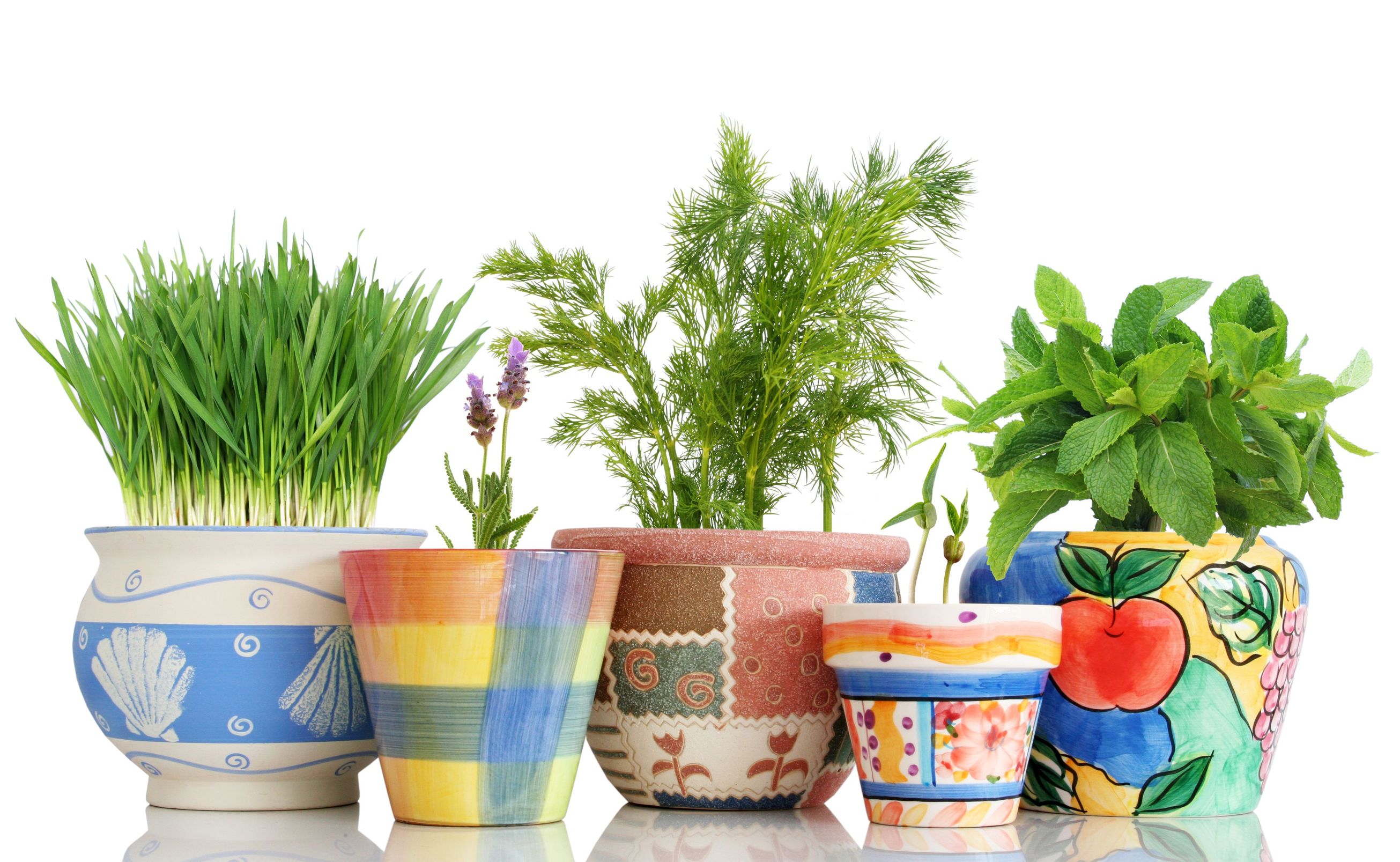Most people think that just because they spend their summers in an RV means they have to give up amenities only a fixed property can provide, such as a home garden. But container gardening is a popular and growing trend, especially to those gardeners who just can’t seem to give it up. Gardening from your RV is affordable to do, supplies healthy food options at your doorstep, and saves you money. You may be missing your home garden, but container gardening allows you to bring it with you! Here are some pointers on how to garden while on the road or at your lot.
Inside Your RV
Many people enjoy indoor plants in their RV. These plants usually help purify the air, but some people prefer them just for decoration. Because of the environment in which indoor plants are found, they often require filtered light. Your RV usually creates the perfect conditions. Keep your plant near a window with blinds partially open and avoid direct sunlight.
Another key to raising indoor plants is placing stones at the bottom of the containers so that the roots of the plant don’t become waterlogged. Potting soil or organic compost is the most appropriate for planting, as it provides the appropriate nutrients and allows water to drain easily. If you are traveling, it is recommended that you purchase anti-skid pads for the bottom of pots so that they are not sliding all over during driving. You can also set aside a designated area to keep plants safe and stable during transport.
When it comes to container gardening vegetables, a great way to utilize space in your RV is by planting a small hanging herb garden over the sink. Not only does this free up counter space, but when they are watered, the excess water goes right into the sink without making a mess. Popular herbs that add flavor to just about any meal include basil,thyme, oregano, and cilantro. Another way to utilize space is by growing small plants in over-the-door canvas shoe holders. When traveling, you can easily attach this to a door, keeping it off the ground and out of the way. When your RV is parked, you can hang it from your awning to get sunlight.
Many types of plants can be grown indoors with the right amount of attention and care. The most common and low maintenance include Dieffenbachia, peace lilies, Bonsai plants, ivy and ferns, gold pathos, Kalanchoes, Anthuriums, Bromeliads, and sometimes Calla lilies. Many fruits and vegetables can also be started inside, but once they sprout, it is best to transfer them to pots or containers outdoors.
Outside Your RV
The outdoor garden is what gardeners live for. There is something rewarding for all the hard work put into maintaining a garden and then finally being able to harvest. However, Michigan weather loves to throw curveballs and make gardening seem impossible at times – between late spring frosts and week-long dry spells. Paying attention to Mother Nature will be critical in your portable garden’s success.
But once at your new lot, where will you grow things? The answer is simple: out of absolutely anything. Fellow green thumbs have recommended using Rubber Maid containers and five gallon buckets with drain holes at the bottom. Some use soup cans or a sliced-in-half two-liter bottle for starting sprouts. You can also find window boxes sized appropriately for RV windows. Another easy solution is to purchase or make portable planter boxes that fit directly on your RV’s bumper. The possibilities are endless — as long as it has a place to hold potting soil and has holes in the bottom for draining, it should work.
Once you have chosen the appropriate container to use for your garden, select the seeds that fit your eating preferences and lifestyle. Make sure to plant seeds in potting soil and not garden soil. Potting soil offers a great amount of nutrients and allows water to easily pass through for draining. Outdoor fruits and vegetables, plants, and flowers need direct sunlight for at least six hours. With that being said, it is important to make sure they are getting enough nutrients. Make sure to water your plants regularly. Checking the soil for dampness is an effective way to determine when to water. If you are traveling regularly, make sure to bring your plants outside at longer rest stops.
There are many varieties of flowers, fruits and vegetables that can be grown outdoors, however, some have more success than others. Flowers include petunias, Alyssum, begonias, Geraniums, Nemesia, and violets. The most successful container fruits and vegetables include tomatoes, peppers, and strawberries.
Potential Problems When RV Gardening
It is important to know that container gardening isn’t always successful. Sometimes, it takes complete dedication and around the clock maintenance. Some growing seasons may be more in abundance than others. And since plants are being grown in a smaller space, the yield is going to be smaller compared to a home garden. Another yield-reducing factor is pots often become hot and dry, which stresses and stunts plant growth. Note that crops grown in pots and containers often require more attention – more watering and the occasional fertilizing. Don’t leave your plants unattended for long periods of time!
You don’t have to have a green thumb or a plot of land to grow a garden. Keep detailed notes about successes and failures to replicate results in the future. Figure out what works and what doesn’t. Change up the position of where you plant the next harvest to keep the soil fertile. Throw crushed up egg shells into the soil to make plants grow faster. Whatever your catalyst may be, write it down. Remember, a successful gardener is one who has been through trial and error. And now you’ll have fresh produce for your meals to enjoy in and around the comfort of your recreation vehicle.

